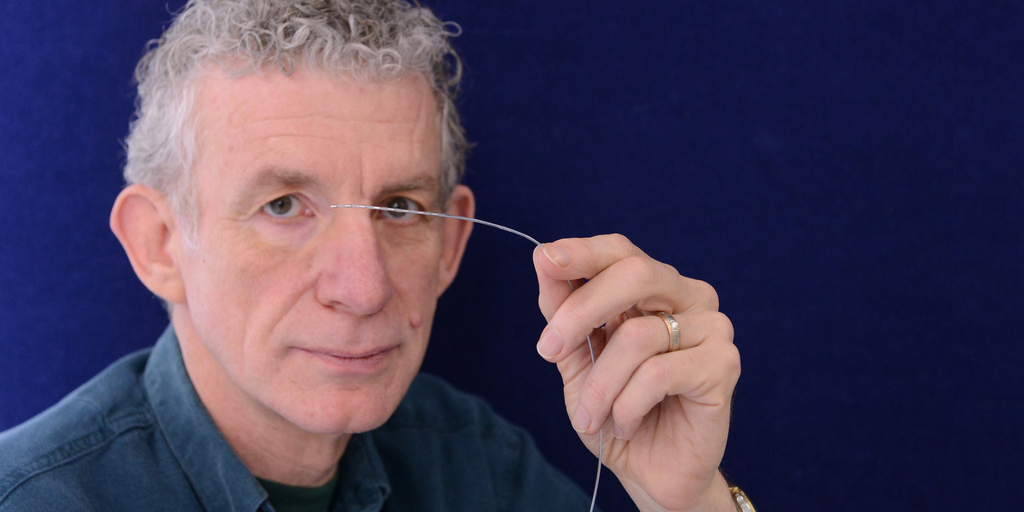A cost-effective, MRI-safe design for neural implant leads.
Magnetic Resonance Imaging (MRI) is a valuable diagnostic tool, which generates images and information without using radiation as with X-rays and CT scans. Unfortunately it cannot be used on patients who have a spinal-cord stimulator (SCS) or deep-brain stimulator (DBS) as the electrical leads of SCS and DBS attracting the radio waves. This causes them to generate heat, effectively ‘cooking’ nearby tissue.
Professor Scott and his graduate student Steven McCabe have designed and patented techniques that make these implants safe for use in MRI machines. The technology has been licensed to Saluda Medical – an Australian company specialising in neural implants for chronic pain management.
Professor Jonathan Scott
University of Waikato
2016 Engineering Science Award Finalist
A cost-effective, MRI-safe design for neural implant leads.
Magnetic Resonance Imaging (MRI) is a valuable diagnostic tool, which generates images and information without using radiation as with X-rays and CT scans. Unfortunately it cannot be used on patients who have a spinal-cord stimulator (SCS) or deep-brain stimulator (DBS) as the electrical leads of SCS and DBS attracting the radio waves. This causes them to generate heat, effectively ‘cooking’ nearby tissue.
Professor Scott and his graduate student Steven McCabe have designed and patented techniques that make these implants safe for use in MRI machines. The technology has been licensed to Saluda Medical – an Australian company specialising in neural implants for chronic pain management.





